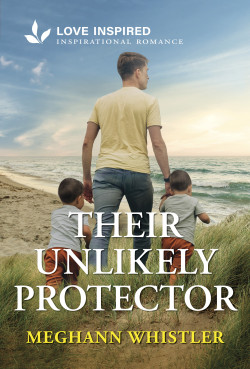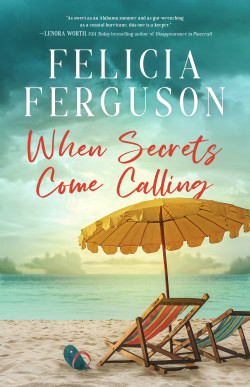Traveling Tuesday:
Britain's Imperial War Museum
As many of you know, I’m an Anglophile and I’m fascinated by all things British. It wasn’t until after I’d written a handful of books (all set in England) that I actually managed to cross “the pond” for a visit. Because I’d studied maps of London and Hastings so extensively, I was able to wander the streets without getting lost. I loved walking in my characters’ shoes.
One of the sights we took in during our trip was the Imperial War Museum. Located on Lambeth Road in London, the building is hard to miss with the two cannons jutting from the front. Founded during World War I, the museum “gives voice to the extraordinary experiences of ordinary people forced to live their lives in a world torn apart by conflict.” (https://www.iwm.org.uk/visits/iwm-london).
Here are my photos of three of the artifacts we viewed:
Enigma (pictured above): A cipher device, the machine was used extensively by Nazi Germany and considered so secure only the most top-secret messages were sent using Enigma. Through the use of an electromechanical set of rotors that scramble all twenty-six letters of the alphabet, billions of combinations are possible. The settings were changed daily, and the receiving end would have to know which settings were being used. Fortunately for the Allies, Polish mathematician and cryptologist Marian Rejewski broke Enigma in 1932 which allowed Polish mathematicians to construct “Enigma doubles.” Scientists at Bletchley Park were able to build on the Poles’ work.
Squander Bug: Originally a cartoon character created by the British National Savings Committee, theSquander Bug was supposed to discourage wasteful spending and consumption. Freelance illustrator Phillip Boydell drew the creature he named “Money Grub” who appeared on posters and advertisements. The government changed its name to Squander Bug, and additions were made such as the swastikas on his body. According to Wikipedia, “The Squander Bug's speech balloons encouraged shoppers to waste their money on useless purchases, accompanied by captions urging consumers to fight or starve the creature.” Later the general public began to make their “dolls” from papier mache and other materials, then used them for target practice with air guns.
Chamberlain Agreement: Much is said about Prime Minister Neville Chamberlain’s attempts at appeasement with Nazi Germany in an effort to avoid war. He was in office from May 1937 through May 1940, and the year after he became prime minister, he traveled to Germany and met with Adolph Hitler. The letter, dated September 30, 1938, states, “We regard the agreement signed last night and the Anglo-German Naval Agreement as symbolic of the desire of our two people never to go to war with one another again.” A year later, when Hitler’s plans became apparent as he invaded Poland, Chamberlain took a lot of “heat” about the attempt at appeasement, but it was popular with many in 1938 and seemed like a reasonable solution.
_____________________
War’s Unexpected Gift
Love and war don’t mix. Or do they?
Eager to do even more for the war effort, nurse Gwen Milford puts in for a transfer from a convalescent hospital outside of London to an evac hospital headed across Europe. Leap-frogging from one location to the next, nothing goes as expected from stolen supplies to overwhelming numbers of casualties. Then, there’s the handsome doctor who seems to be assigned to her every shift. As another Christmas approaches without the war’s end, can she find room in her heart for love?
Purchase Link: https://books2read.com/u/4jG2wl













.jpg)





























.jpg)
